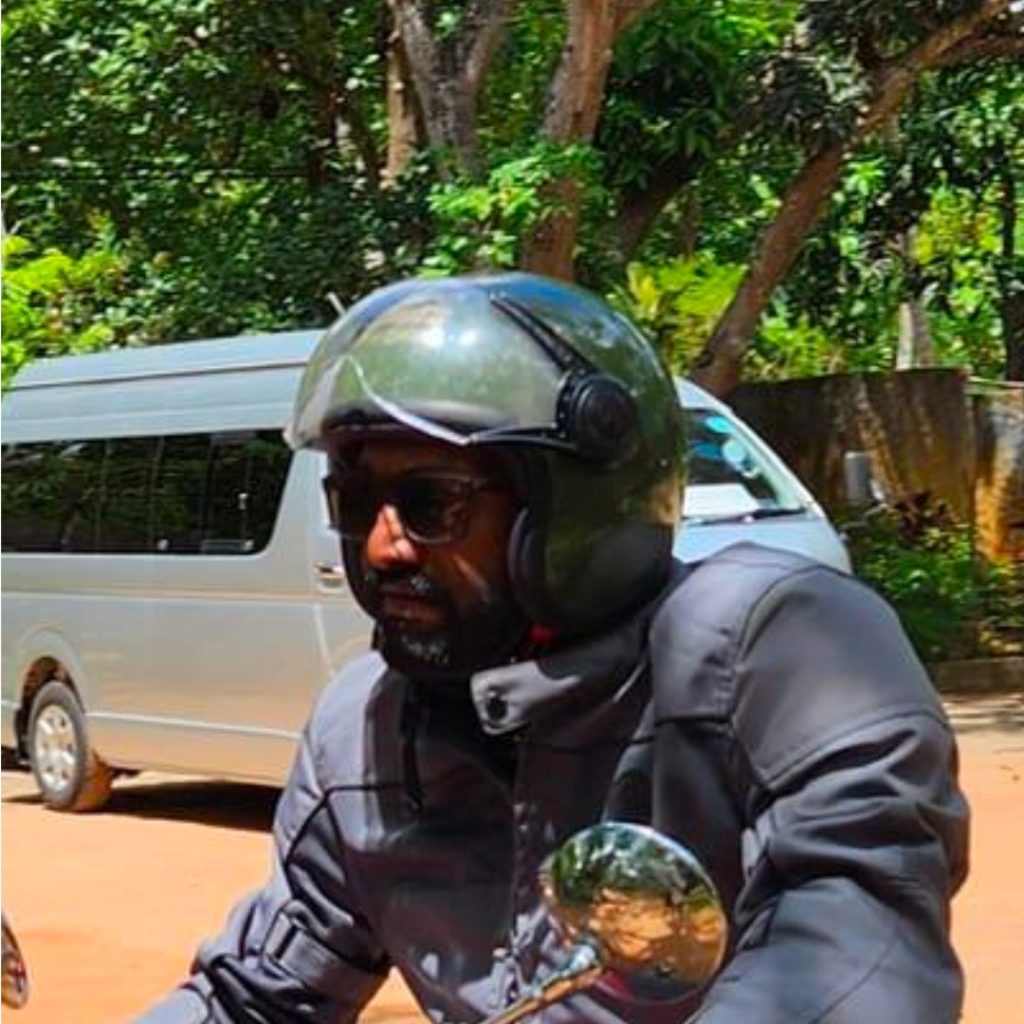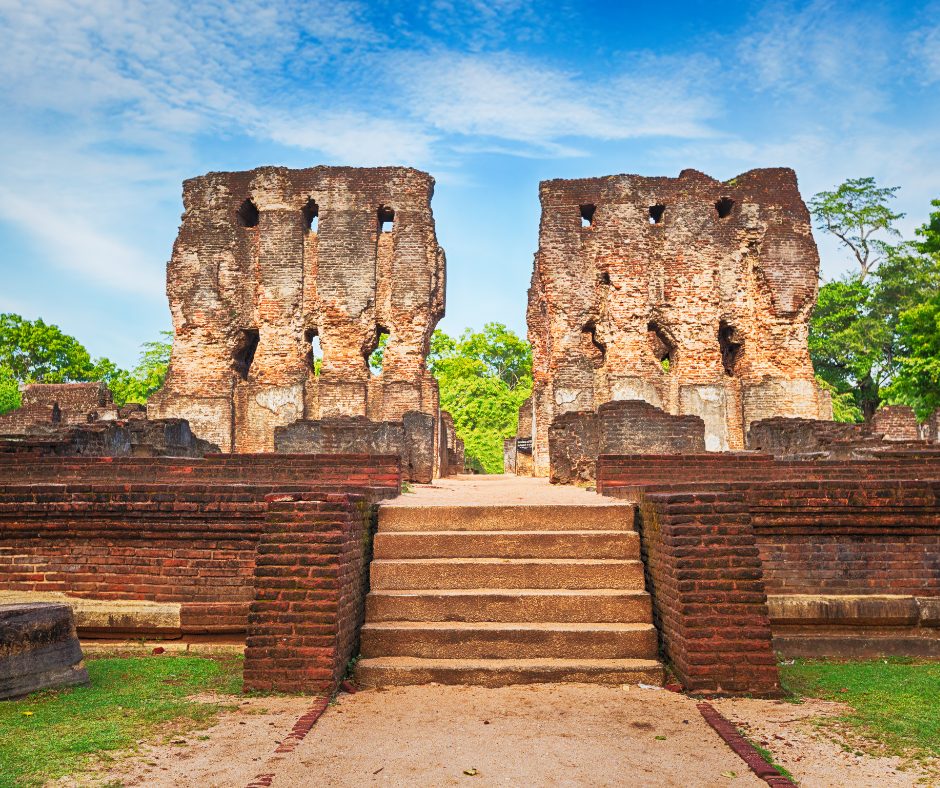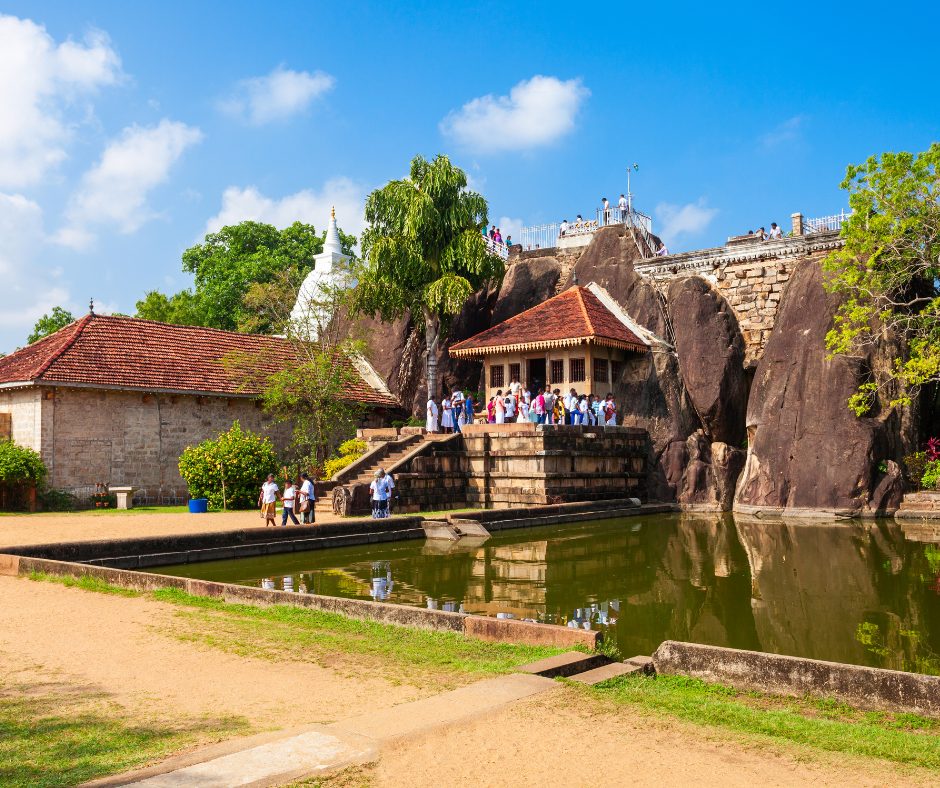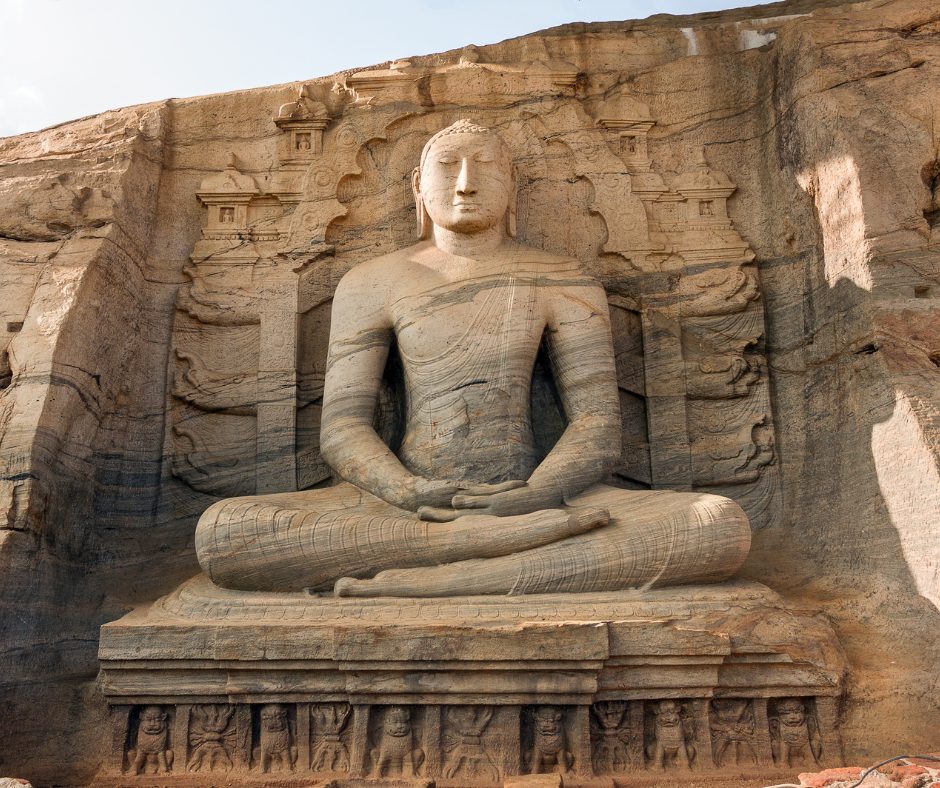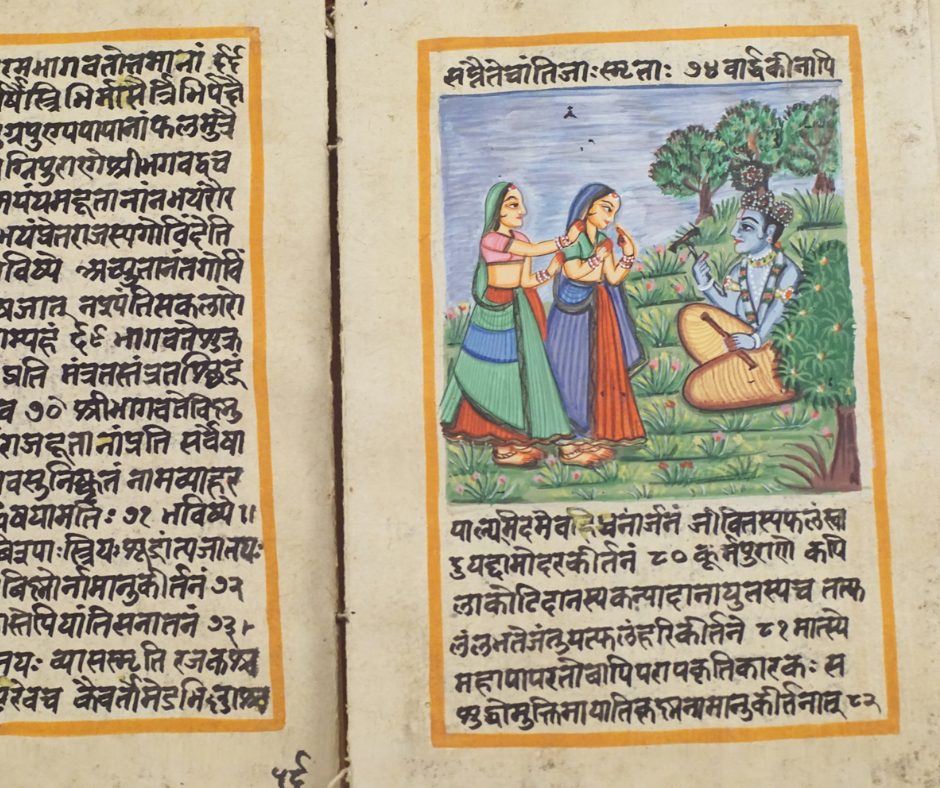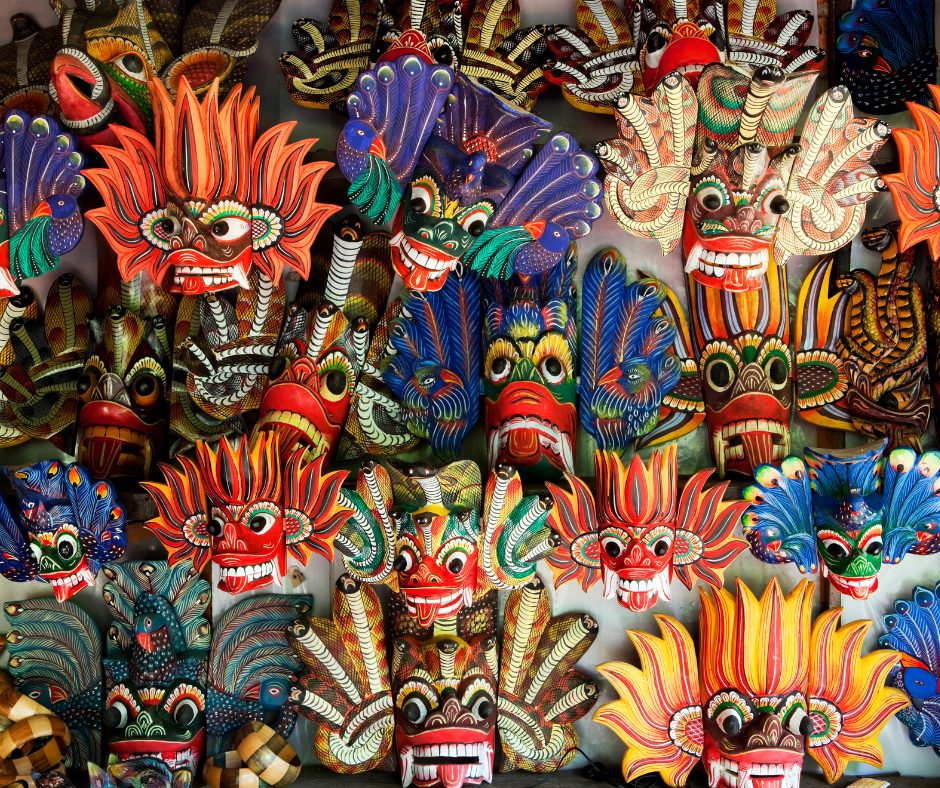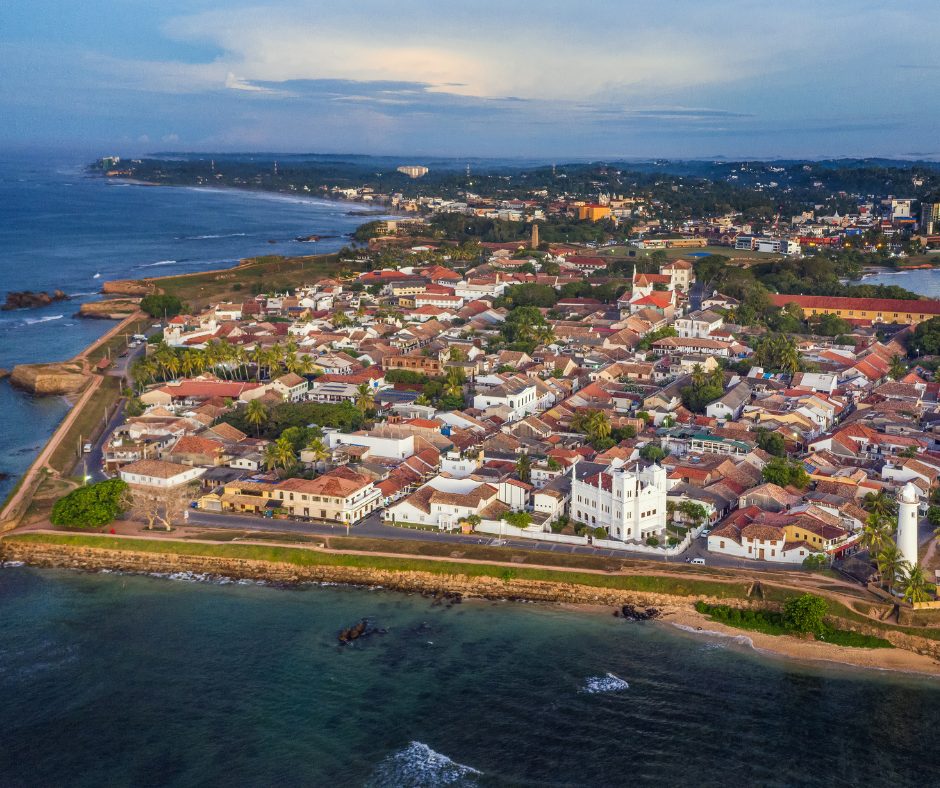Sri Lanka: A Tapestry of History and Mythology
Sri Lanka’s story begins thousands of years ago with early settlements dating back to the prehistoric era. By around 500 BCE, the island was home to sophisticated civilizations, notably the Sinhalese kingdoms.
The Anuradhapura Kingdom, established in 377 BCE, marked a golden age characterized by impressive architecture—such as the towering stupas of Jetavanaramaya—and profound Buddhist influence. Polonnaruwa, succeeding Anuradhapura as the capital in the 11th century CE, further flourished with its advanced irrigation systems and intricately carved Hindu and Buddhist temples.
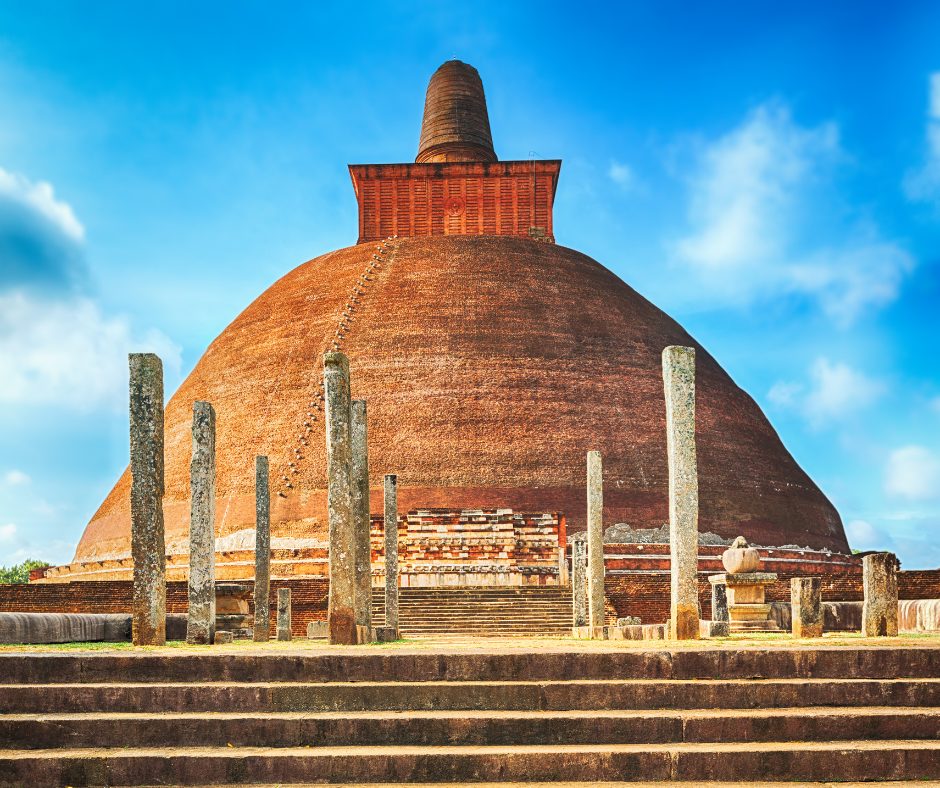
Anuradhapura Kingdom (377 BCE - 1017 CE)
The establishment of the Anuradhapura Kingdom in 377 BCE heralded a golden age for Sri Lanka. This period was characterized by significant advancements in architecture and Buddhism. The city of Anuradhapura became a center of Buddhist culture and learning, with monumental stupas like the Jetavanaramaya and the Ruwanwelisaya towering over the landscape, showcasing the engineering prowess of the era. These stupas, along with sprawling monastic complexes and intricate stone carvings, reflected the deep spiritual and artistic dedication of the Sinhalese people.
Moreover, the Anuradhapura Kingdom was instrumental in the spread and consolidation of Buddhism across the island. The kingdom’s rulers, such as King Devanampiya Tissa and King Dutugemunu, played key roles in patronizing Buddhism and constructing magnificent religious edifices, which became focal points for pilgrimage and cultural expression.
These are some of the main sites in Anuradhapura
Jetavanaramaya – This towering stupa, once the tallest monument of its time, is a symbol of the Anuradhapura Kingdom’s architectural prowess. Visitors can marvel at its sheer scale and intricate brickwork.
Ruwanwelisaya – Another iconic stupa, revered as one of the holiest sites in Sri Lanka, this massive dome-shaped structure is adorned with intricate carvings and surrounded by a tranquil setting conducive to meditation and reflection.
Mahavihara Complex – The Mahavihara complex includes ancient monastic buildings and the sacred Bodhi tree, which is said to be a descendant of the original tree under which the Buddha attained enlightenment.
Isurumuniya Rock Temple – Famous for its rock carvings, including the exquisite “Lovers’ Leap” carving, Isurumuniya offers a glimpse into the artistic and cultural sophistication of ancient Sri Lanka.

Polonnaruwa Kingdom (1017 CE - 1236 CE)
In the 11th century CE, the capital of Sri Lanka shifted from Anuradhapura to Polonnaruwa, marking a new chapter in Sinhalese history. The Polonnaruwa Kingdom continued the tradition of architectural splendor and cultural refinement. Notably, King Parakramabahu I is remembered for his ambitious irrigation projects, which transformed the agricultural landscape of Sri Lanka. The Parakrama Samudra, an extensive reservoir system still in use today, is a testament to the kingdom’s engineering prowess and foresight.
Polonnaruwa also saw the construction of impressive temples adorned with exquisite stone carvings, blending Hindu and Buddhist architectural styles. The Gal Vihara, with its colossal rock-cut Buddha statues, exemplifies the artistic mastery of this period.
The most important sites in Polonnaruwa are:
Parakrama Samudra – This expansive reservoir, constructed by King Parakramabahu I, is a marvel of ancient engineering. The reservoir continues to sustain agricultural activities in the region.
Gal Vihara – One of the highlights of Polonnaruwa, the Gal Vihara features four colossal Buddha statues carved into a single granite rock. These statues, with their serene expressions, exemplify the artistic achievements of the period.
Royal Palace of King Parakramabahu – The ruins of the royal palace complex offer insights into the layout and architecture of the Polonnaruwa Kingdom’s administrative center.
The legacy of the Sinhalese kingdoms continues to resonate in modern Sri Lanka. The architectural marvels of Anuradhapura and Polonnaruwa stand as UNESCO World Heritage Sites, drawing visitors from around the globe. Additionally, the Buddhist heritage nurtured during this era remains a cornerstone of Sri Lankan identity, with Buddhism serving as a unifying force among the diverse communities of the island.
The Sinhalese kingdoms laid the foundation for Sri Lanka’s cultural and spiritual landscape, leaving an indelible imprint on subsequent generations. Their achievements in art, architecture, and governance reflect the ingenuity and creativity of ancient Sri Lankans, ensuring that their story endures as a testament to human achievement and resilience.
Mythology and Legends
Mythology and legends form a captivating aspect of Sri Lanka’s cultural narrative, blending elements from the Indian epic Ramayana with indigenous folklore that reflects the island’s unique identity.
In the ancient Indian epic Ramayana, Sri Lanka is prominently featured as the kingdom of the demon king Ravana. According to the epic, Ravana kidnaps Sita, the wife of Lord Rama, and takes her to his fortress in Lanka (present-day Sri Lanka). This tale of abduction and rescue is intricately woven into Sri Lankan folklore, with sites like Sigiriya often associated with the legend. Sigiriya, with its towering rock fortress, is believed by some to be the ancient capital of Ravana known as “Lanka,” although historical evidence suggests otherwise.
The Ramayana’s influence extends beyond mere storytelling; it has left an indelible mark on Sri Lanka’s cultural landscape. The epic’s moral and ethical themes, embodied by characters like Rama, Sita, and Hanuman, resonate deeply within Sri Lankan society, shaping moral values and religious beliefs.
Local Legends and Folklore
Beyond the Ramayana, Sri Lanka boasts a rich tapestry of indigenous legends, myths, and supernatural tales that have been passed down through generations. These stories often feature gods, demons, and heroic figures, each contributing to the island’s mystical allure.
Gods and Deities: Sri Lankan mythology includes a pantheon of deities, such as Kataragama Deviyo (God Skanda) and Vibhishana, the brother of Ravana who sided with Lord Rama in the Ramayana.
Demons and Spirits: Folklore abounds with tales of demons and malevolent spirits inhabiting forests, mountains, and bodies of water. These stories reflect ancient beliefs in supernatural beings and the struggle between good and evil.
Heroes and Legends: Sri Lankan folklore celebrates legendary heroes like Prince Gemunu, known for his valor and compassion, and Kuveni, a mythical queen whose story embodies themes of betrayal and redemption.
Cultural Significance
The blending of Ramayana with local folklore underscores the cultural synthesis that defines Sri Lanka. The stories not only entertain but also serve as moral allegories and spiritual guideposts, offering insights into societal values and norms.
Moreover, these myths and legends continue to inspire art forms such as dance, music, and literature, ensuring their preservation and relevance in contemporary Sri Lankan culture. Festivals and rituals often draw upon these narratives, providing a vibrant link to the island’s ancient past and reinforcing a sense of shared heritage among its diverse communities.
In essence, mythology and legends in Sri Lanka enrich the cultural fabric, adding depth and meaning to everyday life while preserving a connection to the island’s storied past. They invite both locals and visitors alike to delve into a world where reality and myth converge, shaping a collective identity that is as diverse as it is enchanting.
Colonial Influences
The colonial period in Sri Lanka marked a transformative chapter in its history, as European powers—first the Portuguese and Dutch, followed by the British—established dominance over the island, leaving lasting impacts on its culture, language, and governance systems.
Portuguese Arrival and Influence
The Portuguese were the first Europeans to arrive in Sri Lanka in the early 16th century, seeking to control the lucrative spice trade routes in the Indian Ocean. They established coastal settlements, including Colombo, and gradually expanded their influence over the maritime regions of the island. The Portuguese introduced new crops such as cashew and tobacco and left behind enduring architectural landmarks like the iconic fortress of Galle, a UNESCO World Heritage Site.
Dutch Ascendancy and Legacy
By the mid-17th century, the Dutch ousted the Portuguese and assumed control of Sri Lanka’s coastal territories. The Dutch era was marked by significant economic developments, including the expansion of cinnamon and coffee plantations. They left behind a legacy of colonial architecture, exemplified by the Dutch Fort in Galle and the distinctive canals of Negombo.
British Dominion and Ceylon
In 1796, Sri Lanka fell under British rule following the ousting of the Dutch during the Napoleonic Wars. Under British colonial administration, the island was known as Ceylon. The British introduced commercial crops like tea and rubber, transforming the island’s agricultural landscape. The plantation economy heavily relied on Tamil and Sinhalese laborers, laying the groundwork for demographic changes and labor relations that would shape post-colonial Sri Lanka.
Cultural Impact and Modern Identity
The colonial era had a profound impact on Sri Lanka’s cultural mosaic. English became the language of administration, education, and commerce, fostering a bilingual society where Sinhala and Tamil coexisted with English. Western-style education, legal systems, and governance structures were introduced, shaping the island’s modern institutions.
Furthermore, religious and cultural practices underwent changes due to colonial influences. Christianity gained prominence, particularly among coastal communities influenced by Portuguese and Dutch missionaries. Traditional art forms evolved with European techniques, leading to unique hybrid styles.
Sri Lanka’s journey to independence gained momentum in the 20th century, culminating in freedom from British rule in 1948. Post-independence, the nation faced challenges but also witnessed cultural revival and social progress. However, tensions between different ethnic and religious groups have also marked recent history, shaping contemporary Sri Lankan society.
****
Learn more about Sri Lanka
